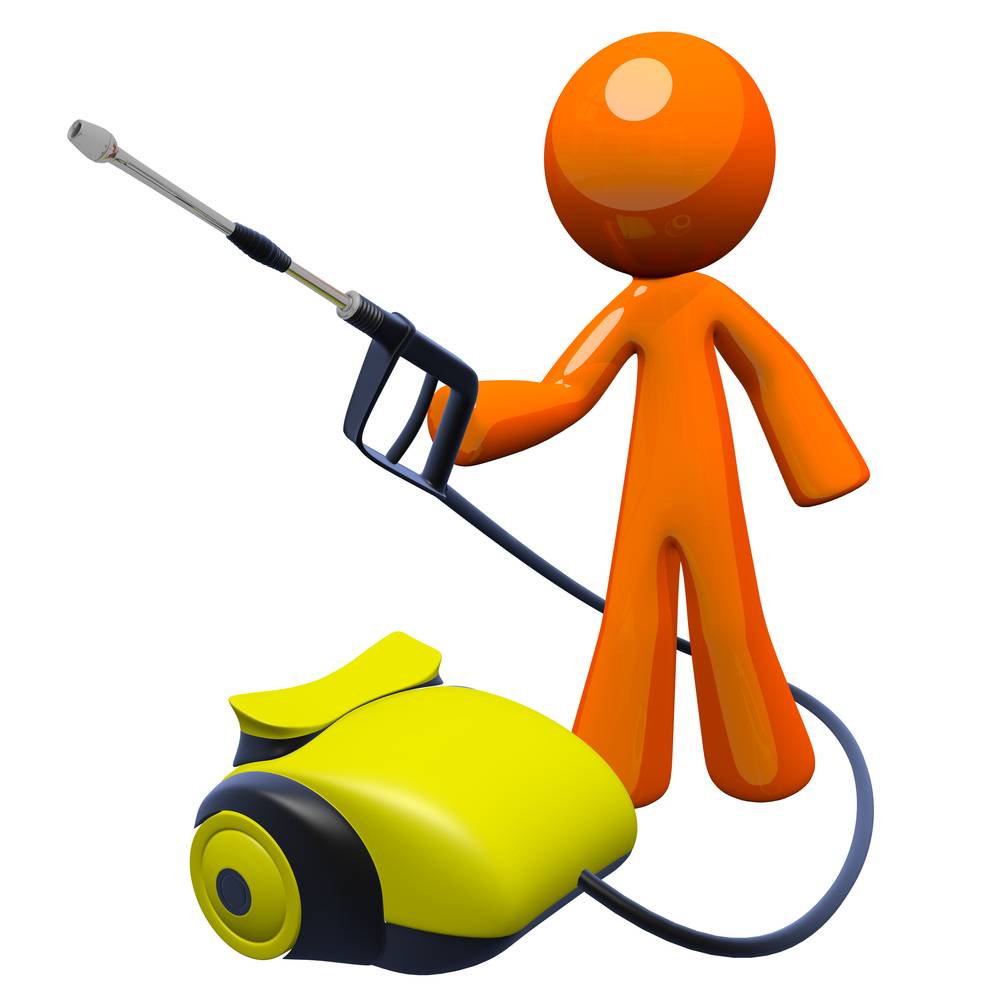Hot Pressure Washers
For many general cleaning jobs cold water will be adequate, however if what you are cleaning has any level of grease or oil then it is a hot water machine that you require.
Most hot pressure washers achieve hot water by pumping cold water through a double wound coil where a flame is fired down the centre, of course this is all self contained in the item that is commonly known as the pressure washer “boiler”. The flame itself is created by atomising diesel through a burner nozzle and then supplying an ignition source. All the user has to do is turn on a burner switch, set the thermostat to the desired temperature, pull the trigger as normal and in a very short space of time there will be hot water emerging from the nozzle.
Picking the Right Hot Pressure Washer
In some instances the use of a flame or the fumes that can be produced as a result of the diesel burning process in many hot pressure washers is not permitted - such as inside large factories where ventilation is a concern. In this scenario an electrically heated machine or a LPG heated machine can be used to achieve similar results, although not as efficient these types of machines can still produce reasonable temperatures when used correctly.
The vast majority of hot water pressure washers use an electric motor driven high pressure pump to send the water through the boiler, however totally self contained engine driven hot water machines can be supplied on request allowing the user to be completely mobile.
The use of hot water not only produces a higher standard of cleaning but can also make some tasks up to 50% faster, saving on labour and allowing more jobs to be done!
How Do Hot Pressure Washers Work?
The differences between hot and cold pressure washers can get confusing for anyone who hasn't used them before.
Hot Water Power Washers Explained
A lot of people think the burner is actually a tank and that the water goes through the pump heated. This is not true and they can be used as a cold water machine too.
The large metal cylinder is not a tank, it is the burner that heats the water whereas most people think it is a tank for water storage. The water goes through the pump before it is heated, so the machine can also be used as a cold water power washer.
Since the hot water does not go through the pump, it does not have to be rated for hot water. The hose, gun and lance need to be rated for hot water. So, a hot water pressure washer operates the same as a cold one until the water leaves the pump.
On cold water power washers, the water goes from the pump to the high-pressure hose and then to the gun. For hot water power washers, it exits the pump and passes through a heating element before going to the hose and gun.
Get in Touch for More Information
As with all pressure washers the options can sometimes seem a little daunting, should you choose a high ( 2800 rpm ) or low revving ( 1450 rpm ) machine, should you opt for pressure or flow, 240 volt or 415 volt? If your budget will allow then always choose a low revving motor and pump which will increase the lifespan of the machine and a low revving pump will also be much better at drawing its own water from a container should you require it. As for pressure and flow, for most general cleaning tasks a good balance of both is required – an industrial 240 volt machine will operate at around 100 bar with a flow rate of 11 litres per minute, if you need more than this then you should be looking at a 415 volt machine or possibly engine driven. It is also important to consider the quality of the components underneath the bonnet, there is usually a reason if one machine is cheaper than another and the end result may be that one machine may last 5 years whereas the other may last 15 or more.
If you are unsure about which choice is best for you then please contact us by email or phone and we will be happy to offer you our advice.
